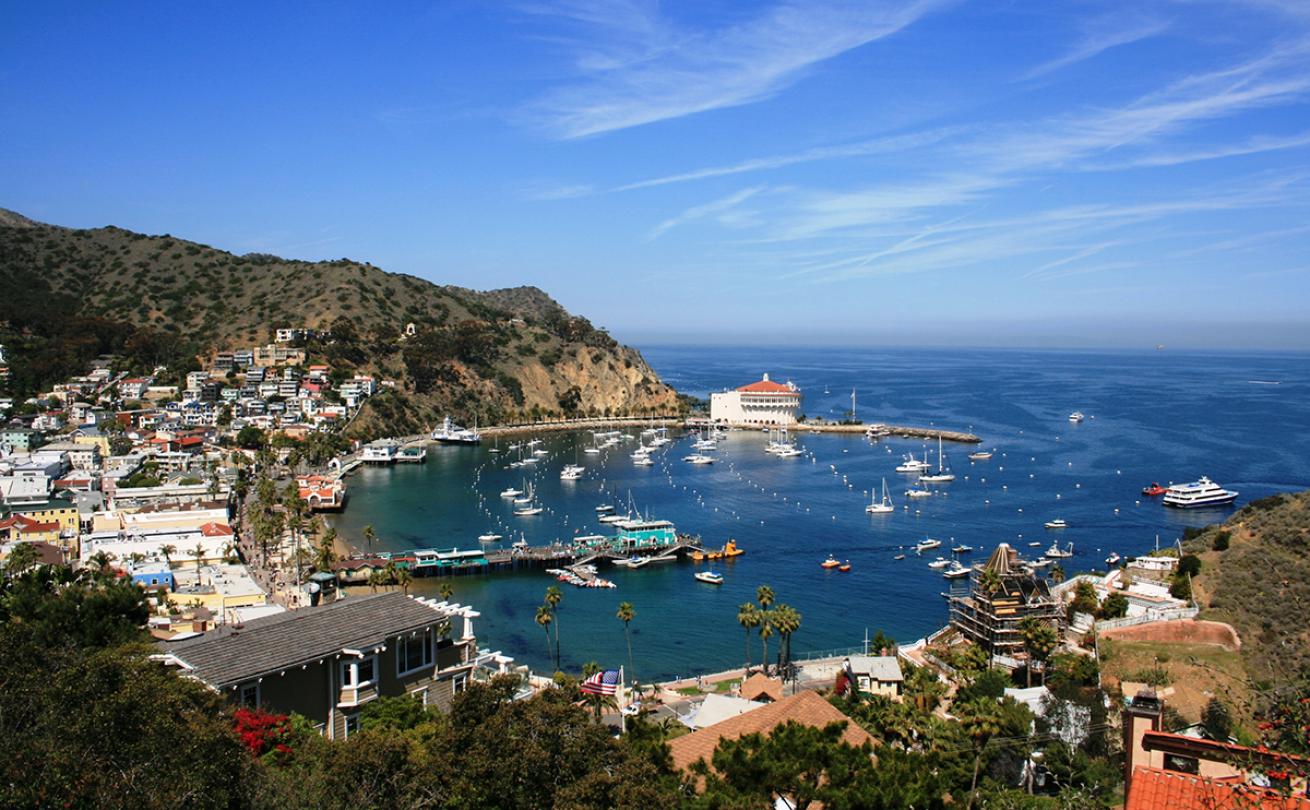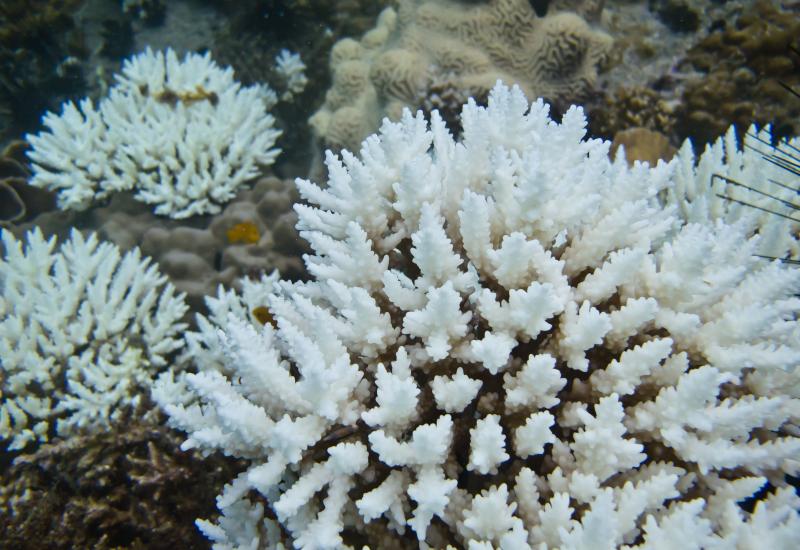‘Underwater Roombas’ Sweeping for DDT Barrels Off Catalina Island

Shutterstock.com/L.A. Nature GraphicsBarrels of the long-banned substance were recently discovered leaking in the ocean between Los Angeles and Catalina.
Scientists are using remotely operated vehicles to survey 50,000 miles of seafloor in search of DDT barrels off the coast of California after an old chemical dumping ground between Catalina and LA was exposed last fall by the LA Times.
The two ROVs will use sonar to create a detailed map of the thousands of barrels of DDT off the California coast, acting as "underwater Roombas," project co-lead Eric Terrill of the Scripps Institution of Oceanography tells the LA Times. They can run up to 16 hours on a single charge, so data collection and uploading can happen around the clock.
"We want to provide a common base map of what's on the seabed at a high enough resolution," Terrill says.
DDT is a chemical that was once used as a pesticide in the U.S. It was banned in America in 1972 after it was proven to be detrimental to human, animal, and environmental health. The now-defunct Montrose Chemical Corp was the largest DDT manufacturer in the world up until 1982, and for years, it was rumored that the company dumped leaking chemical-filled barrels into the ocean near the Channel Islands.
Project co-lead David Valentine of the University of California, Santa Barbara was part of the team that confirmed this rumor. His research team happened upon leaking DDT barrels 3,000 feet below sea level in 2011 and 2013 while conducting separate research projects.
An estimated 767 tons of DDT were discarded in the ocean between 1947 and 1961, according to old records and shipping logs analyzed in the original LA Times exposé, and mapping the barrels is only the first step in the clean-up process. Researchers plan to examine how the area’s marine life has been affected.
"There's a real need to look at the extent to which these materials, the DDT in particular, are working their way back into the active biosphere," project lead David Valentine of UC Santa Barbara tells the LA Times. “We're not there yet, because we don't understand the distribution.”










